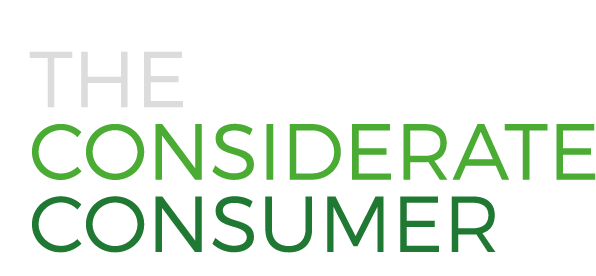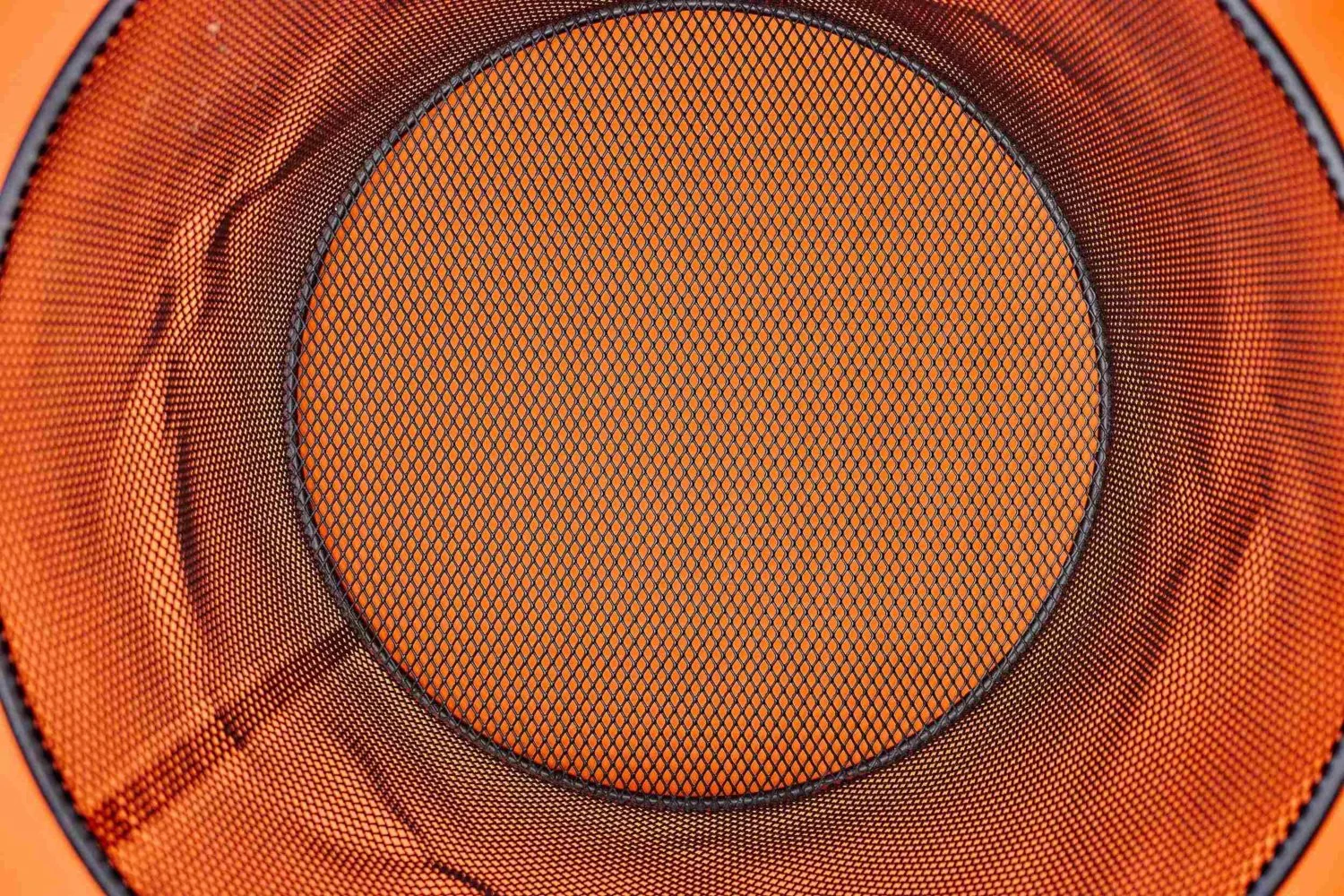The main focus of a so-called ‘circular economy’ is to keep things circulating in our economic system rather than disposing of them at some point. The design process for products is focused from the start on better disposal solutions and reuse of the material.
The idea of restoration replaces the ‘end-of-life’ concept. A circular economy aims to “retain as much value as possible in products, parts, and materials” (Kraaijenhagen, Van Oppen, and Bocken, 2016) during all stages of the product’s life cycle, i.e. “from design, raw material production, manufacturing, transport, storage, marketing, and final sale, to use, reuse, repair, remake, and recycling of the product and its components.” (Green Strategy).
DISASSEMBLY & REUSE
The concept of waste thus does not exist in a circular economy, as it is replaced by disassembly and reuse.
USERS
Likewise, the concept of a consumer is being replaced by the concept of a user.
This approach calls for a differentiation of components of a product between ‘consumable’ and ‘durable’.
CONSUMABLES
Consumables consist primarily of ingredients that are biological or ‘nutrients’ that are beneficial or at least non-toxic and can be returned to the biosphere without causing negative consequences.
DURABLES
Durable components like a computer or an engine consist of plastics or metals that are harmful to the environment when disposed of. Products made of such durables are designed and optimized to enter a cycle of disassembly and reuse. This way, their lifespan is extended, and the environmental impact of the final disposal is minimized.
RENEWABLES
Moreover, the concept considers the energy used in the production and consumption processes and promotes the use of renewable energy.
LEARN MORE
Check our sources: Bibliography →






